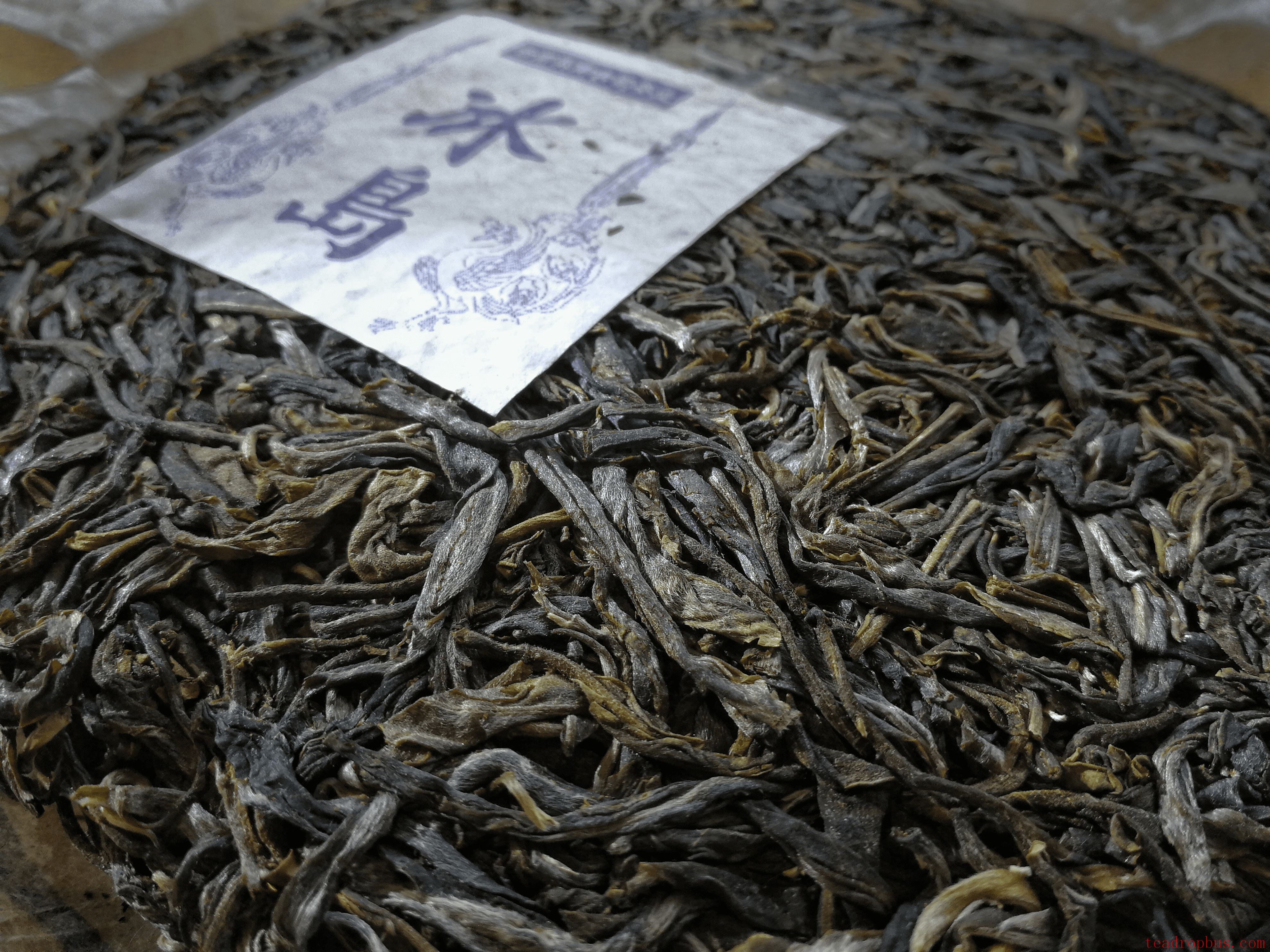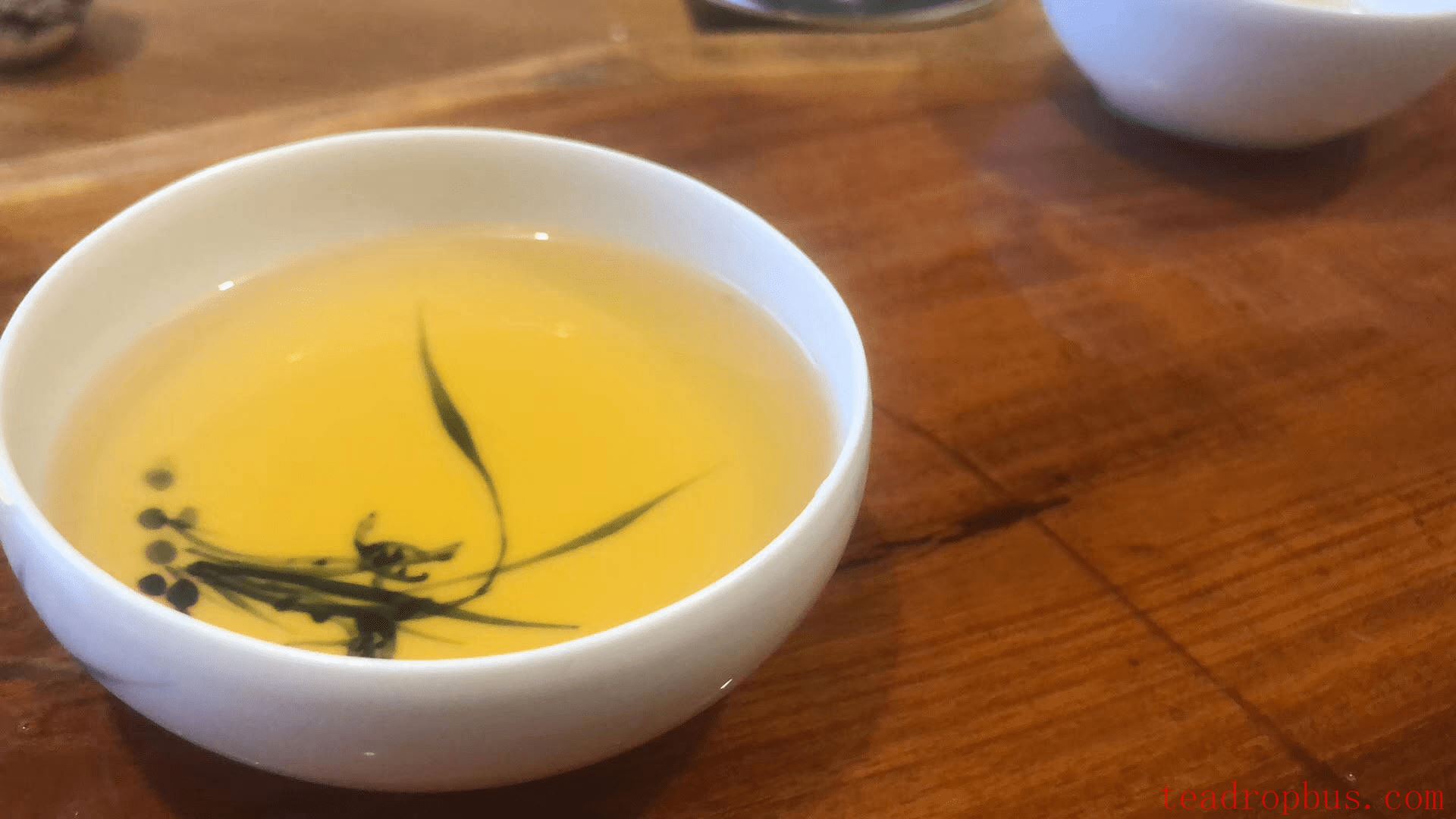Bingdao Tea, renowned for its unique aroma and Taste, is highly sought after by tea enthusiasts and hailed as the “Crown Jewel of Pu'er teas.” But do you know where exactly Bingdao tea comes from?
Bingdao tea does not hail from the icy landscapes of the Nordic island but grows in Bingdao Village, Mengku Town, Shuangjiang County, Lincang City, Yunnan Province, China. Bingdao Village is located to the north of Mengku Town, adjacent to Nanmei Township, with an altitude ranging from 1700 to 2400 meters. The average annual temperature here is around 15°C, and the annual rainfall exceeds 1700 millimeters. The climate is mild and humid, often shrouded in mist, providing a superior ecological environment that offers ideal conditions for tea trees to thrive.

Historical Origins of Bingdao Tea
The history of Bingdao tea can be traced back to the Ming Dynasty, around 1485. Bingdao Village is the birthplace of the large-leaf variety of Mengku, and it is one of the earliest places in Shuangjiang County where tea trees were cultivated artificially. There are written records of Bingdao tea cultivation dating back over five hundred years, and oral traditions suggest an even earlier origin, possibly predating the Ming Dynasty.
The tea trees in Bingdao Village are said to have a history spanning a thousand years, and among them, those over 300 years old are exceedingly rare and valuable. These ancient tea trees have well-developed root systems that absorb the essence of heaven and earth, producing leaves rich in flavor, with a fragrant aroma, a mellow taste, and a long-lasting sweet aftertaste, all of which are greatly cherished by tea lovers.
Geographical Characteristics of Bingdao Tea
The geographical location of Bingdao Village is quite unique. It is situated to the north of Mengku Town, 25 kilometers away from the town government and 44 kilometers from the county seat. The altitude, climate, and soil conditions here provide an ideal environment for the growth of tea trees. The Bingdao tea region is divided into the eastern and western halves by the South Meng River, and Bingdao Village is precisely on this dividing line, giving its tea leaves characteristics from both sides.
Varieties and Characteristics of Bingdao Tea
Bingdao tea is known for its thick, plump leaves with visible buds, dark brownish-black fresh leaves, a gentle aroma, a bright golden-yellow liquor, a sweet taste, rapid saliva generation, high durability when steeped, and a substantial leaf base. The predominant aroma of Bingdao tea is floral and fruity, lingering in the cup without being overpowering, offering a profound tasting experience.

Cultivation and Production of Bingdao Tea
The cultivation of Bingdao tea is primarily concentrated in five natural villages under the jurisdiction of the Bingdao Village Committee: Bingdao, Nuwu, Bawai, Nanpo, and Dijie. These villages all have high-quality ancient tea trees. However, the term “Bingdao tea” narrowly refers to the tea from the Old Village of Bingdao, which is considered the most authentic and precious. According to data from 2014, the oldest Bingdao ancient tea tree was over 500 years old, and there were only 4,954 tea trees over a century old, yielding 7.8 tons of dry tea annually, while the production of tea from trees over 300 years old did not exceed 2.6 tons.
Bingdao tea is more than just a beverage; it carries history, embodies culture, and represents quality. Every sip of Bingdao tea is a journey through time and space, a profound experience of nature and humanity.